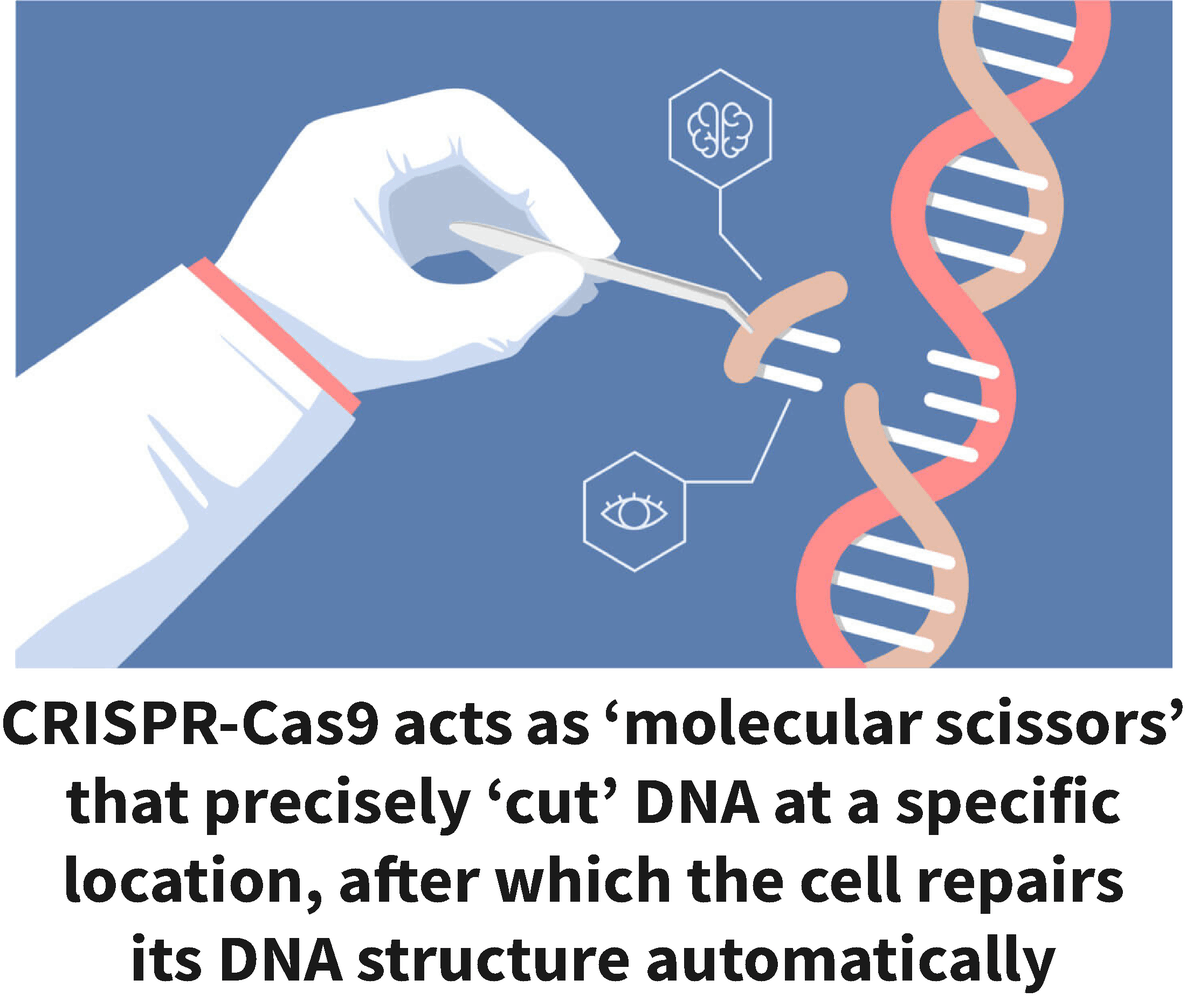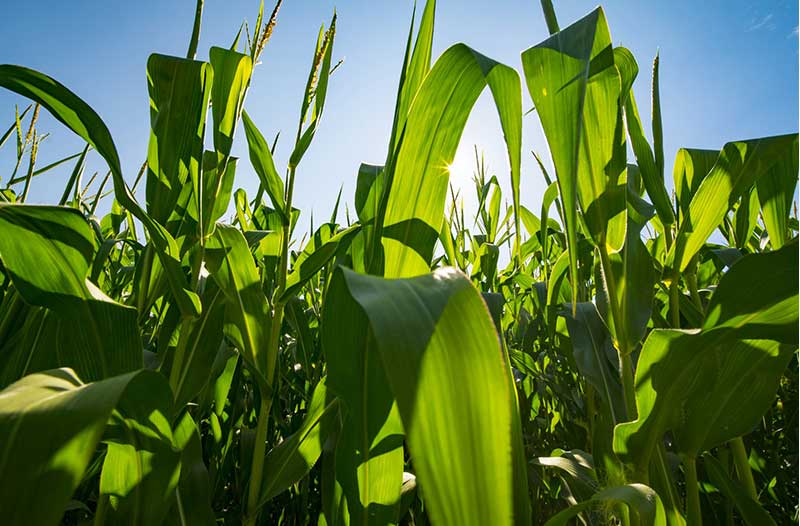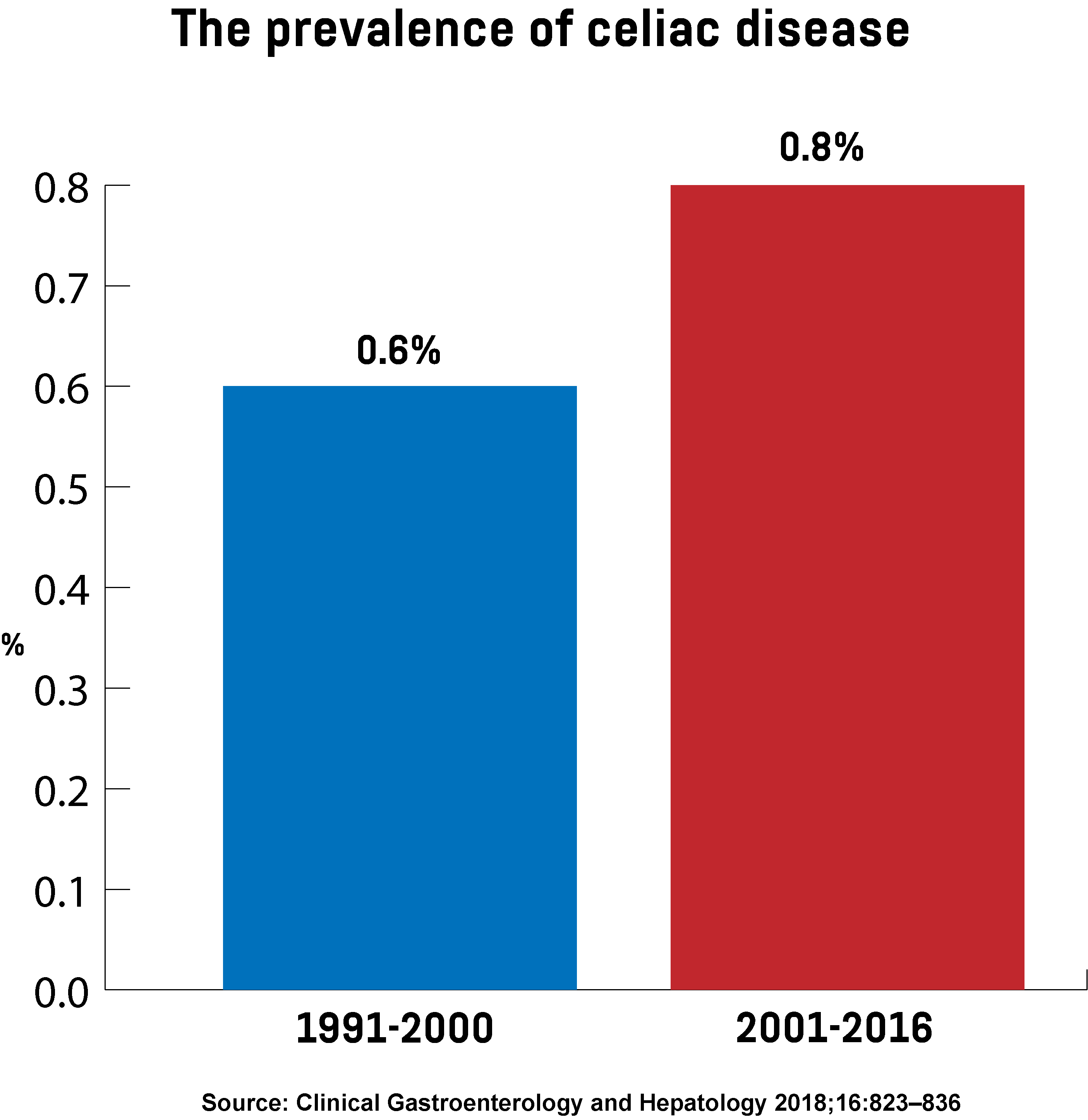- GMOs vs. CRISPR – what’s the difference?
- Yield 10 Bioscience uses CRISPR to make crops more productive
- Calyxt edited soybeans so its oil doesn’t contain harmful trans fats
- Dutch scientists used CRISPR to create ‘gluten-safe’ wheat
- Regulating gene-edited crops
- Gene editing could revolutionise future food production
When news about gene-edited babies hit the world, many were worried that the ‘infamous’ CRISPR is one of the four horsemen of the apocalypse. But while this technology indeed needs more regulation and transparency – just like any technological breakthrough – the reality is that CRISPR displays too much potential to benefit humanity to be cast away. And tweaking genes isn’t news to begin with.
The ability to modify living organisms by manipulating their genes has been explored for decades, and it has potential to upgrade our food production. Known as gene or genome editing, this innovative procedure refers to a group of technologies that allow scientists to modify the DNA of nearly any living organism, which results in new or enhanced features. Gene editing has been gaining a lot of traction in agriculture in recent years, and it promises to produce crops that are more resilient to pests and diseases, as well as food that doesn’t contain allergens or harmful substances such as trans fats.
GMOs vs. CRISPR – what’s the difference?
One of the most popular gene editing methods today is CRISPR-Cas9, short for clustered regularly interspaced short palindromic repeats.CRISPR-Cas9 acts as ‘molecular scissors’ that precisely ‘cut’ DNA at a specific location, after which the cell repairs its DNA structure automatically.
But don’t get it confused with GMOs (genetically modified organisms). GMO food, which appeared in the 1990s, is usually based on inserting new genes from another organism. For example, using a gene from a bacteria and inserting it into corn makes the plant resistant to herbicides. However, ever since GMOs were introduced, they’ve been accompanied by regulatory hurdles and public concerns about the safety of such food and its impact on human health. In fact, according to a survey conducted in 2018 by the Pew Research Center, 49 per cent of US consumers claim that GMO food is “worse for one’s health” than non-GMO products.

But in comparison to GMO technology, CRISPR is more versatile, more precise, faster, and cheaper, which means it’s less invasive and it’s a better alternative. “A distinction must be established, particularly in the public sphere, between ‘genetically modified organisms’ (GMOs) generated through the transgenic introduction of foreign DNA sequences and ‘genome-edited crops’ (GECs) generated through precise editing of an organism’s native genome,” claim Sanwen Huan, Detlef Weigel, Roger N Beachy, and Jiayang Li in a commentary published in the journal Nature Genetics.
Yield 10 Bioscience uses CRISPR to make crops more productive
Research in this field is already gaining steam. In 2018, an agtech company called Yield10 Bioscience revealed the results of its study involving the camelina plant. Its researchers were able to identify a gene that slows down the plant’s growth, and they altered it with CRISPR to enable the plant to grow more. Besides more branching, the plant produced more seed yields, which were heavier than the seeds of regular plants in some cases. The study, conducted in a controlled environment, showed that the seed yield increased by 26 to 65 per cent in the gene-edited plants. This year, the team will test its innovation in field conditions and explore the possibility of applying the same principle to other commercial crops such as soybeans and canola.

According to the company’s CEO, Olly Peoples, gene editing won’t just make plants more productive, but also potentially improve a bunch of other features. “It’s everything from the high-yield energy crops all the way down to flavor. Appearance. The non-browning apple. The non-browning mushroom. Lettuce that doesn’t wilt. We’re in the heavy lifting section, we literally are. The good thing is, it’s looking like the shovel is pretty good,” says Peoples.
Calyxt edited soybeans so its oil doesn’t contain harmful trans fats
Besides higher yields, the growing global population will also need healthier food, and the Minnesota-based company Calyxt is on a mission to make it happen. The company specialises in the development of gene-edited food, including oils and high-fibre wheat that doesn’t require the use of pesticides.
One of its major breakthroughs is the development of soybean oil that doesn’t have any trans fats. Soybean oil is a common ingredient in salad dressings and can also be found in frying oil. Due to its partial hydrogenation, it contains trans fats, which are linked to cardiovascular diseases. In fact, the negative effects of trans fats on human health encouraged the World Health Organization (WHO) to launch an initiative called REPLACE, aiming to eliminate all food containing trans fats by 2023. The US Food and Drug Administration (FDA) has also taken steps to ban the use of oils containing trans fats. But Calyxt has found a way to make soybean oil healthier. The company’s researchers used CRISPR to make a better version of soybean with zero trans fats. Compared to regular soybean, the gene-edited soybean contains 80 per cent of oleic acid, which reduces cholesterol and decreases blood pressure.
Dutch scientists used CRISPR to create ‘gluten-safe’ wheat
The potential of CRISPR is also being explored in the Netherlands, where researchers from Wageningen University are using it to help people with celiac disease (CD). Celiac disease is a condition in which the immune system reacts abnormally to food that contains gluten, a protein commonly found in wheat. The disease can affect people of any age, and the only solution is eating exclusively gluten-free products, which can be lower quality and more expensive than regular food. What the Dutch researchers propose is altering the gluten gene in wheat to make it safe to eat for CD sufferers.

They achieved this by targeting and destroying toxic antigens in gluten, called epitopes, which cause its negative effects. These antigens are found on genes within wheat’s complex genome, among 16 billion DNA letters – five times more than humans have. To make things even more complicated, gluten genes appear “as a repeat of multiple genes” – with up to 50 repeats. “Not all of these genes have the toxic epitopes and [with this new CRISPR-cas9 technique] it’s possible to remove part of them and leave the non-toxic ones,” says Jan Schaart, one of the researchers.
Their innovation is still a prototype, and a lot of work needs to be done to prove that the wheat is entirely safe for people with celiac disease. To develop their project further, the team will need funding and partnerships with other organisations. Their goal is to make gluten-safe wheat available on the market within a decade, and time will tell whether the project will be a success, but Schaart is optimistic in their innovation. As he explains, “examples like this wheat gluten project are the only way of showing people that CRISPR-Cas9 is bringing good things to society.”
Regulating gene-edited crops
CRISPR is without a doubt a game-changing solution for the world’s food supply. But just like genetically-modified food, CRISPR also requires some time for research, development, and testing, as well as public acceptance. In July 2018, the European Court of Justice (ECJ) declared that gene-edited plants fall under the GMO category. This means they’re governed by EU’s 2001 regulation, which reduced investments in EU Framework programmes and made research expensive when it was introduced. Paradoxically, the 2001 regulation doesn’t even mention mutations caused by radiation and chemicals, “because crops have been developed this way since the 1940s”, writes Anthony King for Chemistry World.
“It is like abandoning a scalpel in favour of a shotgun for surgery,” warns Holger Puchta, a plant biochemist at the Karlsruhe Institute of Technology in Germany. “Europe is uncoupling itself from the biggest revolution biology has seen in the last 30 years.” This could dramatically increase the prices of placing CRISPR-edited food on the European market, making it difficult, if not impossible, for startups and medium-sized companies to sell their products. It could even encourage scientists to leave Europe and go someplace else, where research is less expensive and easier.
In other parts of the world, countries have been more open to gene-editing. In Canada, for instance, crops aren’t regulated based on the method used to produce them. Instead, Canadian authorities regulate crops based on the traits presented within the crop. Other countries such as China and Argentina have developed “a light-touch regulatory approach to gene editing”, which creates fruitful ground for investments. In the US, the Department of Agriculture decided not to regulate gene-edited solutions, because such tech can introduce improved crops more quickly and save time and money.
Gene editing could revolutionise future food production
With a variety of exciting applications, gene editing is truly a revolutionary technology that’s been gaining massive attention in recent years. Things that have been unimaginable earlier are now possible thanks to CRISPR. This technique offers an easy and affordable way to boost food production and make the food we eat healthy and safe. By harnessing the power of CRISPR, scientists would be able to grow crops outside of their native region and bring wild and rare plants to the masses. Since these crops would be more accessible in any part of the world, it would reduce shipping costs of perishable fruit and vegetables and make them a lot cheaper.
So, even high-poverty regions would be able to add these nutritious crops to their diet. By tweaking plant genes, scientists could eliminate allergens from food and allow millions of people who are sensitive to specific foods to eat them without jeopardising their health. Not only will it make food safe for consumption, gene editing could also make it more nutritious. We could soon eat strawberries that are sweeter and more delicious than non-edited ones. This could change life as we know it.
Share via:


